What is AI Automated Art Creation?
AI Automated Art Creation refers to the process of using artificial intelligence algorithms and machine learning models to generate artworks with minimal human intervention. This innovative approach leverages the capabilities of AI to create visual art, music, literature, and other forms of creative content. Here is a deeper look into the concept:
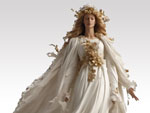
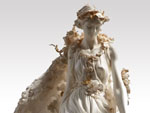
Key Components of AI Automated Art Creation:
Algorithms and Models:
• Generative Adversarial Networks (GANs): A type of AI model where two neural networks, the generator and the discriminator, work together to create realistic images.
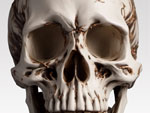
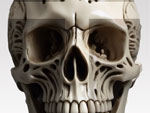
• Neural Style Transfer: This technique involves applying the style of one image to the content of another, often used to create paintings that blend the content of a photograph with the style of a famous artist.
• Recurrent Neural Networks (RNNs) and Transformers: Used for generating text and music by predicting the next element in a sequence based on previous elements.
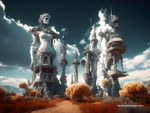
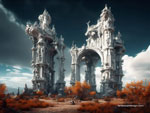
Training Data: AI models are trained on large datasets of existing artworks, music, literature, etc., allowing them to learn patterns, styles, and structures that they can replicate and innovate upon in their creations.
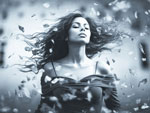
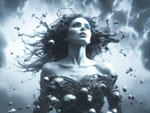
Creative Tools and Platforms: Various platforms and tools like DeepArt, DALL-E, and Artbreeder allow users to generate and manipulate AI-created art. These tools often provide user-friendly interfaces for both amateur and professional artists.
Applications of AI Automated Art Creation:
Visual Arts: Creating paintings, illustrations, and digital art that can mimic various artistic styles or generate entirely new aesthetics. Enhancing and transforming photographs into stylized artworks.Music Composition: Generating melodies, harmonies, and full compositions in various musical styles. Assisting musicians by providing novel musical ideas and arrangements.
Literature and Poetry: Writing poems, stories, and even entire novels by learning from existing literary works. Assisting authors by suggesting plot developments, character dialogues, and stylistic enhancements.
Design and Animation:Creating unique designs for products, fashion, and architecture. Generating animated sequences and special effects for films and video games.
Conclusion: AI Automated Art Creation represents a fascinating intersection of technology and creativity, offering both opportunities and challenges. It opens up new avenues for artistic expression and innovation while prompting important discussions about the role of AI in the creative process.
Cloud: AI-generated art, Machine learning art, Neural networks, Generative Adversarial Networks (GANs), Neural style transfer, Creative algorithms, Digital art, Artificial intelligence, Art creation tools, Automated art, Creative AI, AI in visual arts, AI music composition, AI-generated literature, Deep learning art, Computational creativity, Art and technology, Innovative art techniques, Algorithmic art, AI design, Art generation platforms, AI-enhanced creativity, Tech-assisted art, Future of art, AI-driven creativity